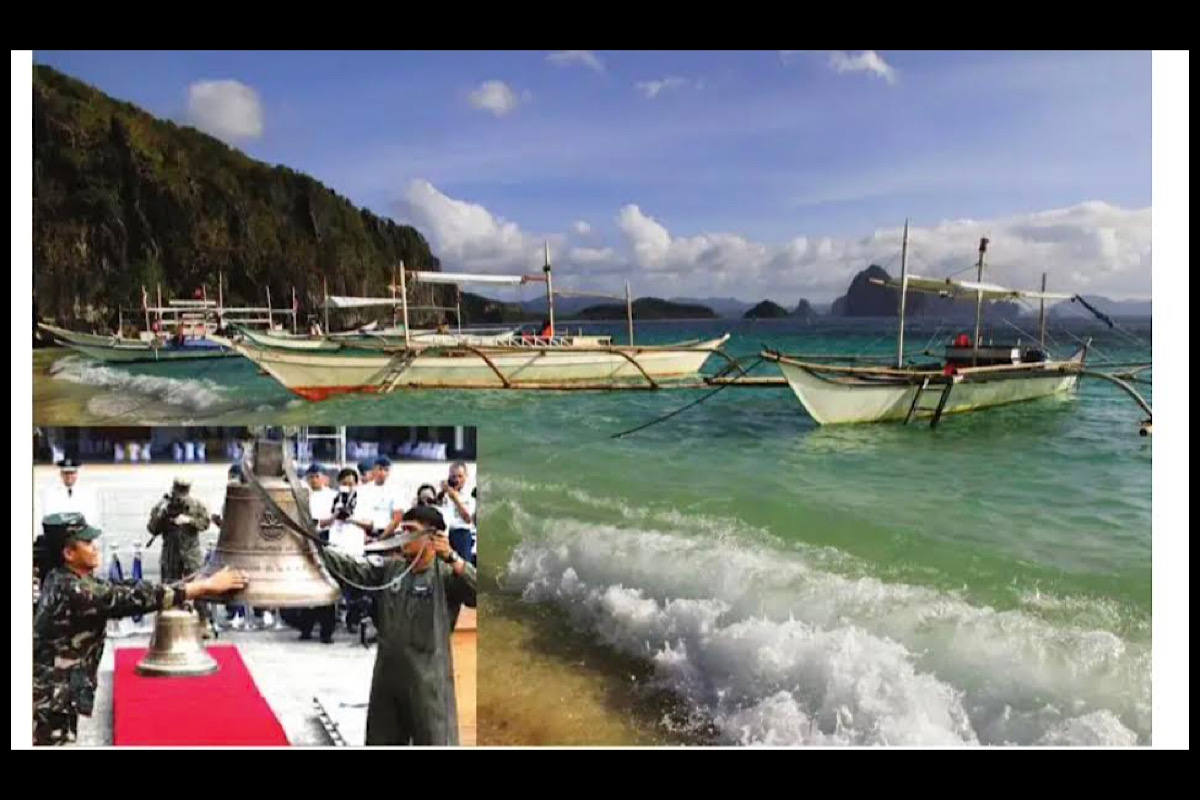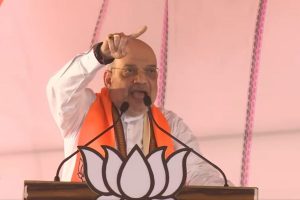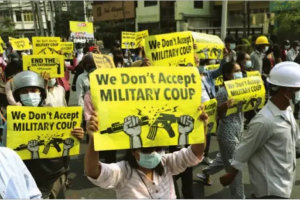An archipelagic nation of 7,641 islands, the Philippines has come full circle in more than one way. A bustling nation with a restive populace that has withstood the vicissitudes of populism, dictatorships and alliances has still defied expectations in terms of its sovereign politics and the positions that it takes. Like most democracies in the emerging world, it is given to powerful dynasties, regional identities, clans, elites and to the powerful institutions of the Church and its Military.
Corruption is endemic and political clientelism is a sad reality. Having had its own experiences with martial law under the infamously corrupt and authoritarian Ferdinand Marcos ~ people of the Philippines still view the military as the ‘protector of the people and the state’ for having played a role in ousting the authoritarian government via the ‘People Power Revolution’. The collateral damage was the susceptibility of the Philippines to coups and internal instability.
Despite such a wounded history of illiberality and concerns of credibility amongst the ruling classes, Philippines still voted in ‘Bongbong’ Romualdez Marcos Jr (son of the former dictator, Ferdinand Marcos), by a thumping majority. Notorious for political intolerance, financial corruption (estimated plunder of over $10 billion) and personal extravagances (the infamous 3,000 pairs of shoes owned by Imelda Marcos) ~ the populist son with his own list of tax frauds, proven lies and unfulfilled promises was elected by the largest margin since his discredited father’s election in 1981 (when the opposition had boycotted the process).
With a running mate in Sara Duterte, the daughter of the similarly controversial and populist Rodrigo Duterte, the return to center stage of the Marcos family after the push out in the ‘People Power Revolution’, 36 years back, is a ‘full circle’. In terms of international relations, the United States has had an intertwined and legacy relationship with the Philippines that entailed strategic military bases which were critical in the Cold War posturing. As the Soviet/Russian threat dimmed post the Cold War and instead the Chinese threat increased ~ the Sino-wariness is particularly strong (if schizophrenic) in Manilla. Many in the Philippines did not want to get caught in the USChina wars, and therefore sought reduced American presence on their soil.
Some politicians did not necessarily see the US as ‘allies’ and frequently posited the Chinese option, as the viable and preferred alternative, hence resenting American military boots on their soil. The last couple of decades saw a resurgent anti-Americanism and that paved the way for Chinese inroads and diplomacy in the region. This even though Chinese belligerence and assertions were at their peak in the vicinity of the South China Sea ~ so much so that there are counterclaims of ownership at the Scarborough Shoal and Spratly Islands that found their way to the International Court of Justice, Hague. Even though the Philippines won its case at Hague that called the bluff of creative Chinese attempts of expansionism using its ‘nine-dash line’ approach, to everyone’s surprise, the Philippine Government under President Rodrigo Duterte chose to play down that legal validation and opted for closer relations with the Chinese. It was an unnatural and unpopular outreach as Pew Research Centre in 2014 showed that an overwhelming 93 per cent of Filipinos believed that China was a threat to their territorial integrity.
Still the Philippine government persisted with wooing the Chinese with tactical decisions like signing a joint letter that defended China’s treatment of Uyghurs in Xinjiang province. But the process wasn’t seamless as occasionally there was talk of going to war with China over disputed territory and resources. All this experimentation was at the cost of the historic USPhilippines relationship, which suffered as Manila toyed with Beijing over its dangled largesse. It was an unnatural idea for any regional ‘alliance’ that was doomed to fail, given the contradictions and intimidatory tactics of the Chinese. Soon enough, Manilla had had enough, and it actively reembraced the US on the rebound. The ‘alliance’ too ran its circular course. The Philippines has now announced four more bases for the presence of US forces as part of the Enhanced Defense Cooperation Agreement (EDCA) between Manilla and Washington DC.
The nationalist backlash that had evicted the US forces from Subic and Clark is but a forgotten footnote in history. In a change of tack, the Philippines is now actively exposing the Chinese behaviour and putting the spotlight on Chinese expansionism that belies its claims of ‘friendly relations’ with neighbouring countries. A recently released 48-page National Security Policy document noted “sharpening strategic competition between the United States and China” that contributes to a “more tense geopolitical landscape”. It tellingly insisted: “Major concern is also seen in the Cross-Straits relations that has the potential to be the flashpoint in the region”. The accusatory finger is unequivocally pointed at China. The tensions and daily threats to Taiwan and Japan (by China) only add to the sense of vulnerability of the Filipinos. Befittingly it recorded that the Philippines would have to strengthen its Mutual Defense Treaty with the U.S., to “achieve a credible defence capability”.
The Chinese government’s unofficial mouthpiece, Global Times, slammed the new doctrine from the Philippines as the ‘bridgehead’ of America’s antiChina push. It slammed the move by saying that, “the document signals that the Philippines, encouraged and pressured by the US, would create new rounds of frictions in the South China Sea in other sites such as Zhongye Dao, increasing tensions in the South China Sea and destabilizing the region.” It clearly signals that ChinaPhilippines relations are at their lowest ebb, and along with Taiwan and Japan, Philippines has joined the ranks of neighbouring countries that are openly talking of the Chinese threat. For the United States, it is a welcome return of a strategic ‘ally’ with whom it has had historic ties.
There is now a reverse move of Filipino politicians talking about building permanent structures on the contested islands and reef to assert their own sovereignty ~ the battle lines are clearly drawn, even if it is only in the realm of posturing, optics, and words, as yet. These tensions will not go unnoticed in the other regional countries like Malaysia, Indonesia or Vietnam who have their own axe to grind with the Chinese, but had desisted from speaking up openly. By testing the patience of the region, the Chinese have only strengthened the forces against Beijing to be more assertive and reactive.
(The writer is Lt Gen PVSM, AVSM (Retd), and former Lt Governor of Andaman & Nicobar Islands and Puducherry)











